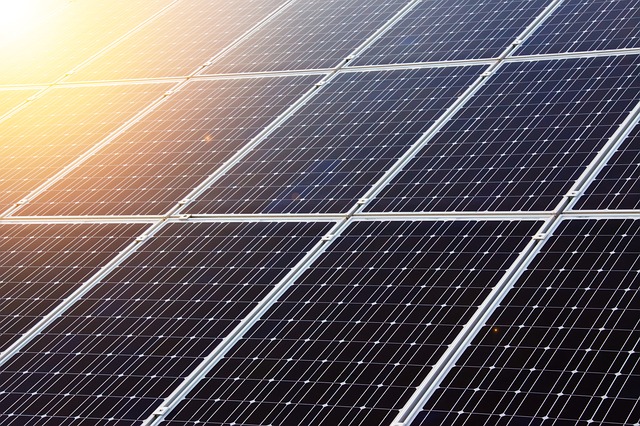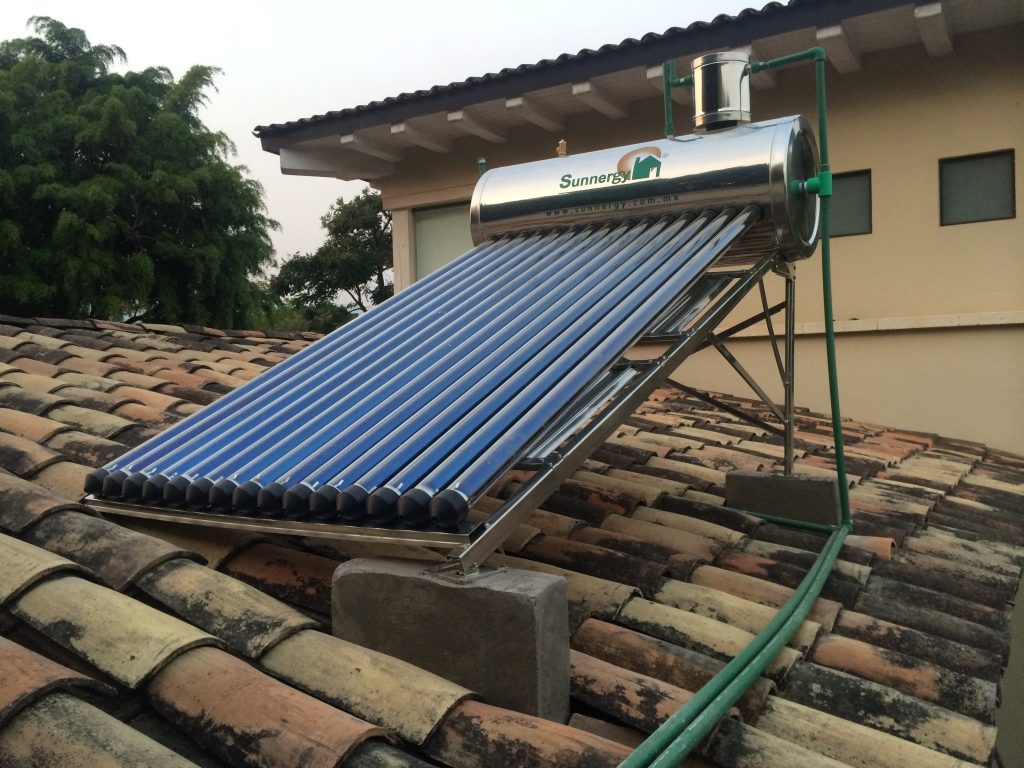
Why Solar? And its Technology
When we think of solar power, we think of the sun’s rays beating down on a large, ugly panel that sits on a roof. This is sometimes accurate, but does not capture the entire picture. How exactly do solar panels work and more specifically, how is solar energy implemented?
The question you may be asking, though, is whether solar is the right choice for you. This section of my article is intended to help you answer that question by providing information on how solar works, what benefits it offers and the options that homeowners and business owners have in installing solar electric systems on their homes or businesses.
Solar energy refers to electric or thermal energy produced from the light or heat of the sun. There are several types of solar technologies; however, this section focuses only on photovoltaic (PV for short) systems, which convert sunlight into electricity.
Solar energy does have many benefits and drawbacks. These pros and cons should be taken into account when deciding whether or not solar energy is the right choice for you.
Solar Photovoltaic
This technology converts sunlight directly into electricity using photovoltaic (PV) cells. The solar PV cells are combined in panels. They can be put on rooftops, integrated into building designs and vehicles, or installed by the thousands across fields to create large-scale solar power plants.

PV systems produce electricity when sunlight strikes solar cells made of silicon or other semiconductor materials that are enclosed in a solar panel. This causes the cells to release electrons that are captured in the form of current. The type of current produced by a PV system is Direct Current (DC), which must be converted to Alternating Current (AC) by a device called an inverter. AC is the form of electricity supplied by your local electric utility and is used to operate appliances, lights and other electrical equipment in your home or business.
In addition to converting electric current from DC to AC, the inverter also connects your solar system to your local electric utility. This interconnection is important, because you will continue to rely on your utility to provide you with electricity at times when your solar system is not producing enough power to meet your needs (i.e., at night or on rainy days). The interconnection is also important because there may be times when your solar system produces more electricity than your home or business needs. At those times, the excess power is sold back to your utility. We’ll discuss this concept in detail later when we talk about Net Metering.
Solar Thermal
This technology converts sunlight into thermal energy (or heat), which in the past has been used mainly for space heating or to heat water (such as in a solar hot water system).

Solar heat collectors facing the sun collects the heat from the sun and uses to heat the water in tubes. The tubes run beneath the collectors. As cold water passes through tubes it gets heated by the heat from the collectors. Then later stored in a non heat radiating tank for use in the house hold
When there is insufficient sunlight, the water is preheated and a back-up system takes over to bring the water to the required temperature. This system can therefore be used to produce hot water at a constant temperature throughout the year without emitting any CO2.
